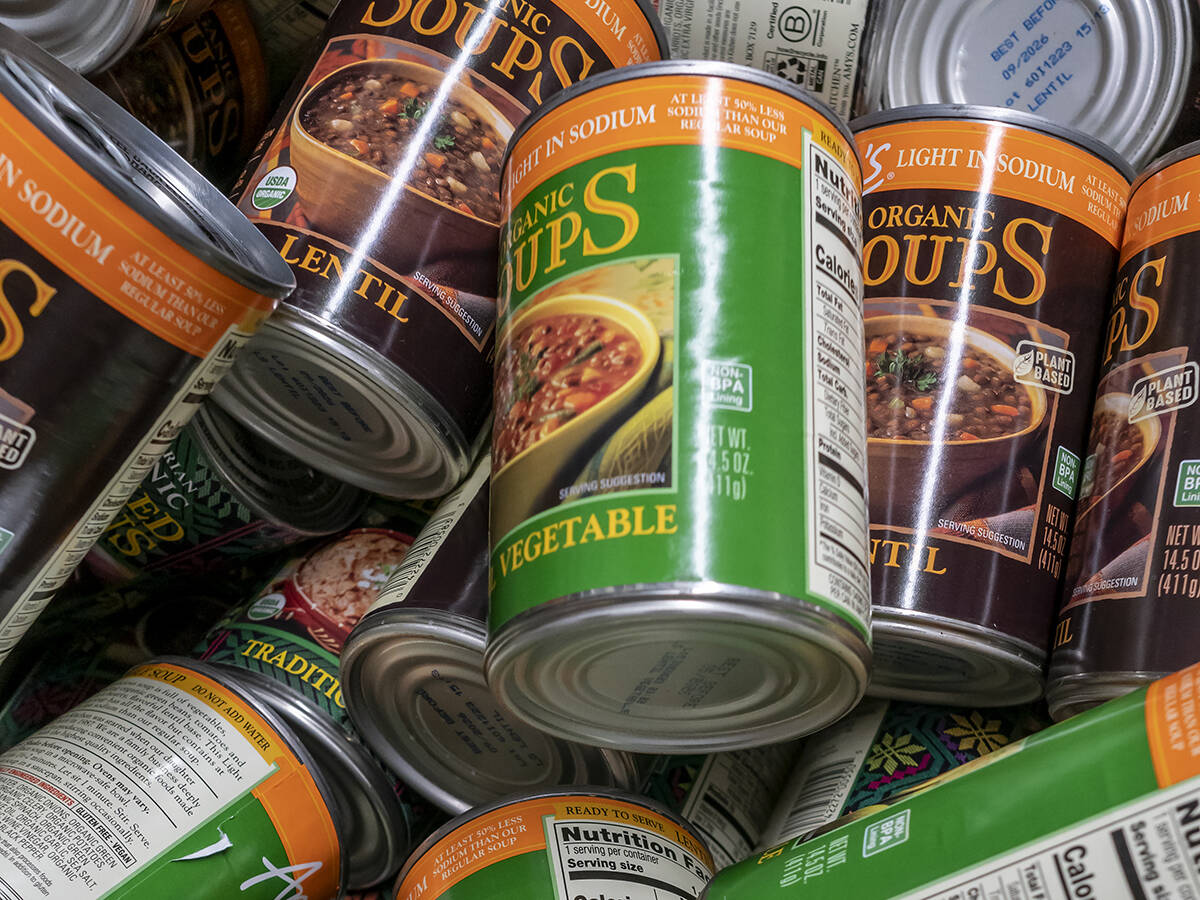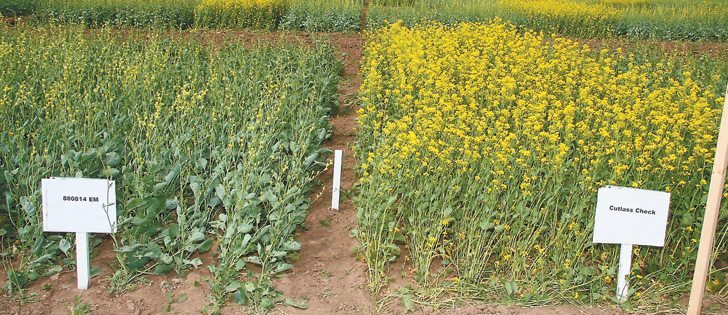Fighting for fair wages, prices | Commercial agriculture is not feeding the world but degrading the environment: slow foods movement
Jackie Chalmers is critical of commercial agriculture although she understands its drivers.
The president of the southern Alberta convivium of the Slow Food movement talked about its concepts and how it differs from a “feed the world” focus at the Southern Alberta Council of Public Affairs meeting in Lethbridge Jan. 12.
Slow food as a global movement was founded in 1986 to counteract fast food and make people aware of the taste and value of locally produced food.
It now has more than 100,000 members in 153 countries.
Read Also

Sustainable food has ‘lost all meaning’: prof
That marketing strategy is deader than a doornail, says a University of Guelph professor who specializes in consumer preferences and perceptions of agriculture and food.
The southern Alberta group, formed last spring, has about 20 members, said Chalmers. There are also groups, called convivia, in Edmonton and Calgary.
“Our supporters are joined by the pleasure of good food and our commitment to our community and to the environment,” said Chalmers.
“We are a group of folks who care about what we eat, where it is grown, how it is grown and how it got here. We believe in knowing the faces of our food.”
Chalmers said industrial agriculture has failed to reduce global hunger partly through its failure to recognize the value and wisdom of the world’s farmers. As well, industrial agriculture’s embrace of genetically modified crops, big production and monocultures runs counter to the slow food movement’s beliefs.
“We must let go of the mantra that we’re feeding the world. We’re not. Because of this quest, which has been promoted by the multinationals, we have degraded our ecoscape,” she said.
“We must let the world feed itself. Two point four percent of the population in North America are farmers. … For the rest of the planet, 60 percent are farmers. What a tremendous and untapped resource.”
Chalmers acknowledged that North Americans have come to expect cheap food and commercial agriculture evolved in part to deliver that. As a result, farmers expanded operations to become more efficient and profitable.
Local food produced in an environmentally sustainable way costs more, and so does slow food’s commitment to pay people fair wages for farm produce and farm labour, said Chalmers.
“Commercial agriculture isn’t all bad and slow food isn’t all good. We must marry the two,” she said in a later interview.
“We must take what’s good in commercial agriculture and take what is known in traditional wisdom and marry the two, and work together and collaborate.”
Simple changes to large-scale agriculture can make a difference, Chalmers said. Planting hedgerows to provide wildlife habitat and retaining wetlands to help control groundwater are two examples that could help.
“Those simple kinds of things can make a tremendous difference… We should not consider ourselves two solitudes. There’s no upside.”

















